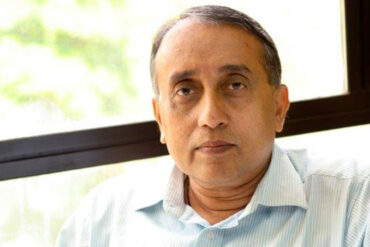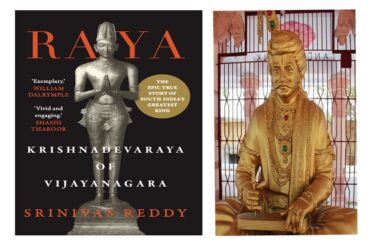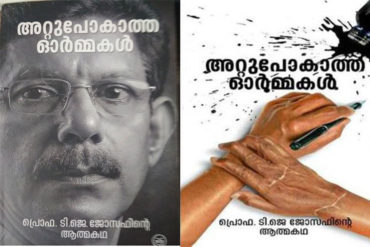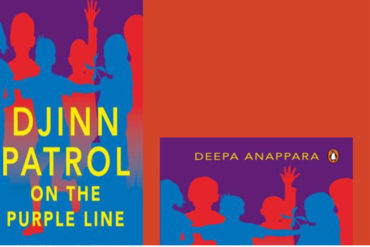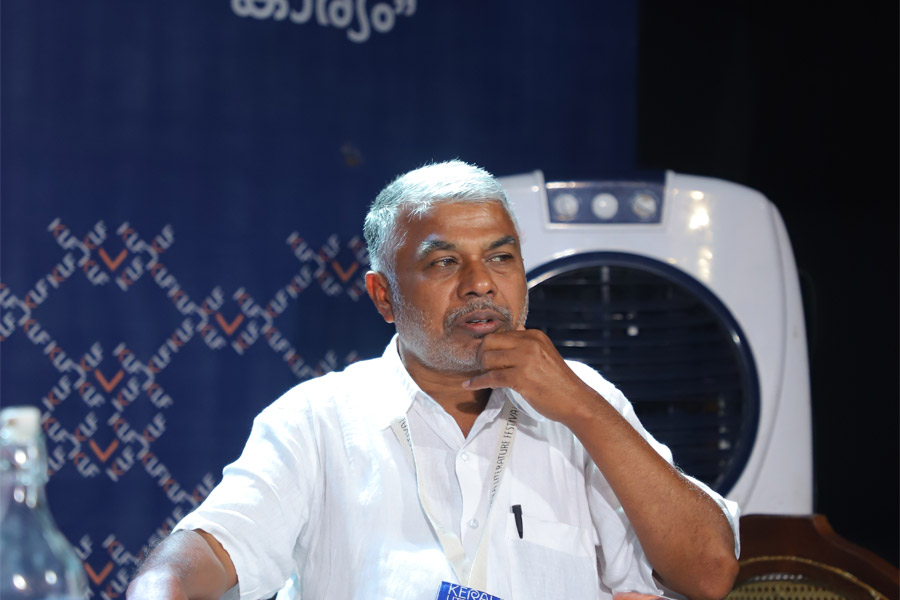The Supreme Court of India recently ordered the Gujarat State Government to pay a compensation of Rs 50 lakhs to Bilkis Bano and to provide her with a job and accommodation. The Hindu editorial says, “Compensation to victims is a relatively less recognised component of criminal justice. In a system that focusses mainly on the accused, an order of compensation is a recognition of the state’s obligation to victims of crime, especially horrific acts.”
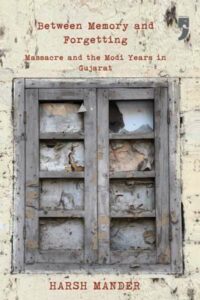 Fifteen years had passed since 19-year-old pregnant Bilkis Yakub Rasool was gang-raped and left naked and unconscious by men of her village, the head of her three-year old child smashed to the ground, and thirteen other family members killed during the gale of hate violence that swept Gujarat in 2002. She ensured, ultimately, that not just the men who raped her and brutally killed her daughter and family, but also the policemen and doctors who tried to protect these criminals and hide their crimes, would be punished by the law of the land and spend many years behind prison walls.
Fifteen years had passed since 19-year-old pregnant Bilkis Yakub Rasool was gang-raped and left naked and unconscious by men of her village, the head of her three-year old child smashed to the ground, and thirteen other family members killed during the gale of hate violence that swept Gujarat in 2002. She ensured, ultimately, that not just the men who raped her and brutally killed her daughter and family, but also the policemen and doctors who tried to protect these criminals and hide their crimes, would be punished by the law of the land and spend many years behind prison walls.
The Mumbai High Court on 4 May 2017 upheld the life sentences awarded to the 11 men who had been convicted by the lower court but also set aside the acquittals of seven police persons and doctors for tampering with and destroying crucial evidence. There are few examples of any comparable punishment given to public officials for protecting hate criminals in any case of mass communal violence in India, although such malfeasance by police persons and doctors is far from rare.
Bilkis Bano said that her rights ‘as a human being, as a citizen, woman, and mother’ had been ‘violated in the most brutal manner.’ She was still haunted by nightmares, and she would be filled with revulsion still as she remembered that day 15 years before the judgement. In Randhikpur village in Dahod, 200 kilometres from Ahmedabad, her neighbours had set fire to each one of around 60 Muslim homes. As Bilkis and her terrified family ran into the fields behind their house, she turned to catch the last sight of their burning house.
In the exodus that followed, Bilkis and her family sought refuge first at the residence of the village Sarpanch, then in a school in the village of Chunadi, and thereafter in the village mosque of Kuvajal. Here, Shamim, a cousin of Bilkis, delivered a baby girl at the house of a midwife. The next day, the family fled again, knowing that they were not safe.
Hiding in the shadows and overgrowth of the surrounding forests, they avoided the big highways to reach a Muslim majority settlement. Along this scary journey, they were shielded by and taken care of by compassionate people. As Special Judge Salvi was to observe later in his judgement that despite its gruesomeness, the case also brought to light acts of human kindness shown by neighbours and acquaintances towards victims of the massacre, as they gave shelter to people on the other side of the communal divide.
The search for a safe location set them on the path to village Pannivel but they were not to reach their destination. On the kachha road to the village, two trucks full of around 20 to 30 people brandishing swords and sickles suddenly obstructed their truck. Bilkis recounted how men from their village, people they knew, shouted ‘Aa rahya Musalmano, emane maaro, kaato’ ‘these are the Muslims, kill them, cut them’.
Among the assailants was the son of a medical practitioner who treated Bilkis Bano’s father and lived right across the street, a man who owned a bangle shop at the village, another who owned a hotel in the neighbourhood where her family resided, and the husband of an elected member of Gram Panchayat. Years later, Bilkis said that what rankled her the most about her memories from that day was the fact that men she had known since her childhood were the ones who brutalised her so mercilessly.
Bilkis was clutching her three-year-old daughter, Saleha, in her arms when one of the men snatched the little girl away and smashed her head to the ground, killing her instantly. Three men, all from her village, grabbed Bilkis and tore away her clothes, even as she pleaded that she was pregnant. They ignored her entreaties that they were like her brothers and uncles and raped her in turn.
In the mayhem around her, the 14 members of her family were raped, molested, and hacked to death by the mob. Shamim who had just delivered a child the day before was killed along with her infant. When Bilkis ultimately lost consciousness, the assailants mistook her for being dead and they left the scene of the carnage. When she regained consciousness, she found herself naked, surrounded by the corpses of her family.
She covered her body in a petticoat and ran up a hillock, spending a night in great dread, foreboding, and mourning. The next day, when looking for water, she came upon an Adivasi woman near a hand pump who gave her some clothes. She then spotted a uniformed police officer and approached him for help. He took her to the Limkheda Police Station in his vehicle. Bilkis was the lone witness and survivor of eight gang-rapes and 14 murders.
She knew the names of her attackers and recounted to the policeman the incidents in painful detail. But the Police Head Constable, Somabhai Gori, refused to register her complaint. He despatched her instead to a relief camp, where she was reunited with her distraught husband Yakub Rasool, sharing their unthinkable grief and suffering of having lost their daughter and so many family members. Yakub recalled that day 15 years later to Scroll.in. When he searched for his wife after the riots, he found her sitting silent in a dark corner of the Godhra riot relief camp, alone and buried in grief.
He had heard of what had happened to her from others at the camp. ‘I put everything aside—the riots, the family we had lost,’ he said. ‘I spoke to her with love, I tried to bring her out of the pain she had endured.’ He added: ‘Since then, I have heard Bilkis testify a million times, to NGO workers, to lawyers, to journalists, but I have never asked her—what happened to you? Who did what? You have heard the words too, but every time, I have felt them in my heart.’
Two days after the killings, some local photographers found eight bodies of the massacred family, and it was this public exposure that forced the police to act. Bilkis was devastated when she identified the dead bodies of her family members including her three-year old daughter. Four days after her rape, Bilkis was medically examined at Godhra Civil Hospital and biological samples were sent to the local pathology lab.
Meanwhile, no inquest was carried out on the massacre as required by law and the bodies were left to rot away. The doctors performing the post-mortem did not collect any blood or biological samples, evidence that they knew would be crucial. It was later proved that the bodies were buried in unmarked mass graves on the directives of the police.
In 2004, when the bodies were exhumed as part of a fresh investigation by the CBI, they found that none had skulls. It seems that they were decapitated after the post-mortem to prevent identification (talk about mutilating bodies!) and salt was sprinkled on the corpses so that they would decompose faster. A prosecution witness testified that he was taken by the police to the place where the bodies were buried in unmarked graves and he found two doctors there as well. He buried the corpses with two other men whom the police brought in for digging the pits for the clandestine mass burial, and they paid each of them Rs 250 for their labours and silence.
Fifteen years later, the High Court of Mumbai described these police persons as ‘villains’, who ‘wanted to suppress the fact of rape committed on Bilkis’. They manipulated the evidence, thwarted the investigation and probe by ensuring that the post-mortem of the dead bodies was not done properly, and also that they did not take Bilkis to the spot of incident for identifying the victims, even though she was at the police station at that time. This ‘tainted’ their investigation, reflecting ‘dishonesty and callousness’.
Fifteen days after her rape, supported by her husband, she finally managed to register her statement to the police in the Godhra relief camp. The police placed her thumb impression on a blank sheet and obliterated all significant details in her statement including the names of the men who raped her. She could do nothing at that time as she was barely literate and powerless. The police dismissed Bilkis’s repeated pleas and ultimately the Judicial Magistrate on 25 March 2003 closed the case for want of evidence, claiming that there were inconsistencies. Undeterred, Bilkis moved the Supreme Court of India with the assistance of the National Human Rights Commission.
The Supreme Court ordered the Gujarat government to stop the state investigation, as the state crime agency, the CID, had begun to harass and intimidate Bilkis and her family in 2003. Two months later, it asked for an independent Central Bureau of Investigation (CBI) investigation into the murders and rapes. The CBI team seized police documents, photographs, reports and evidence, recorded Bilkis’s statement and those of the other witnesses, and exhumed the remains of seven of the victims.
Extracted from Between Memory and Forgetting, Yoda Press, with permission.

